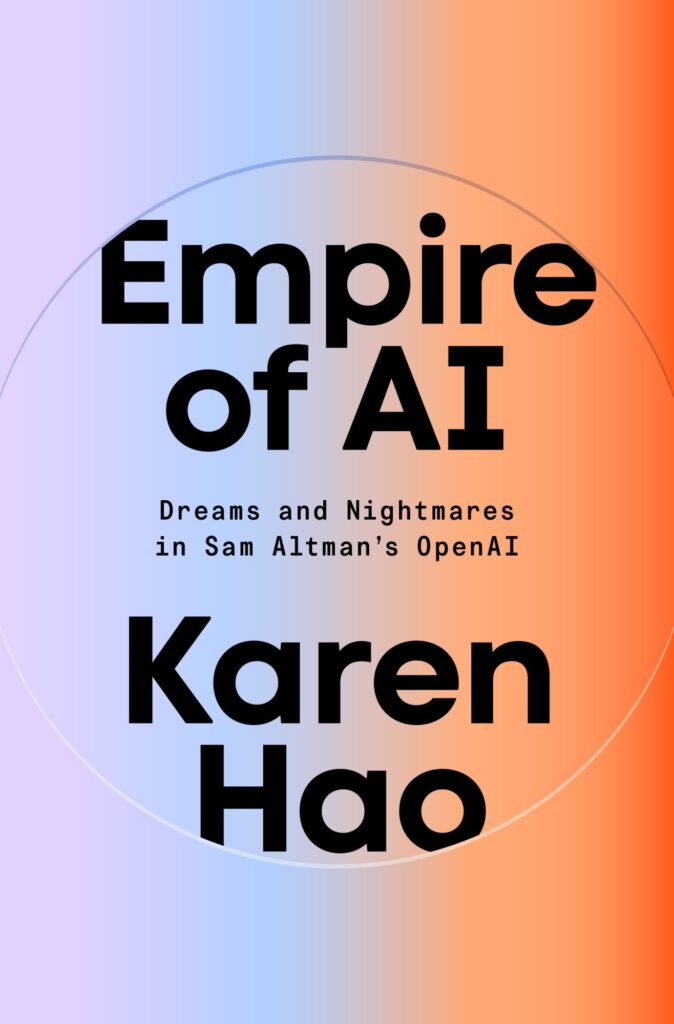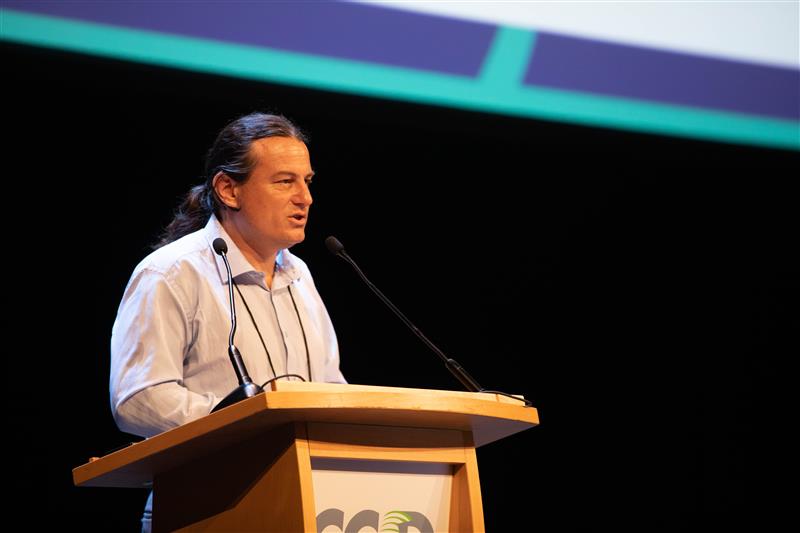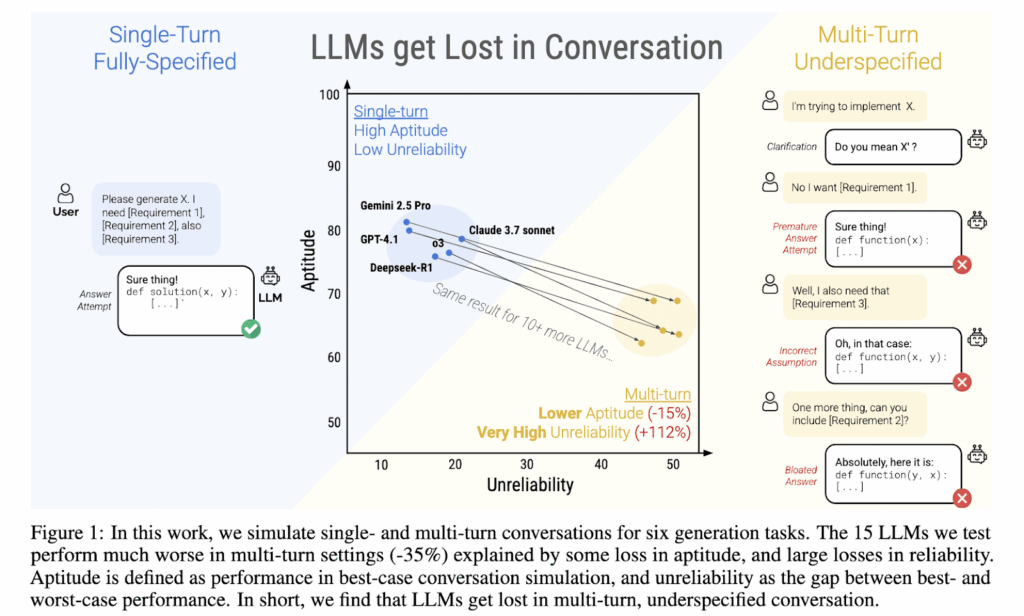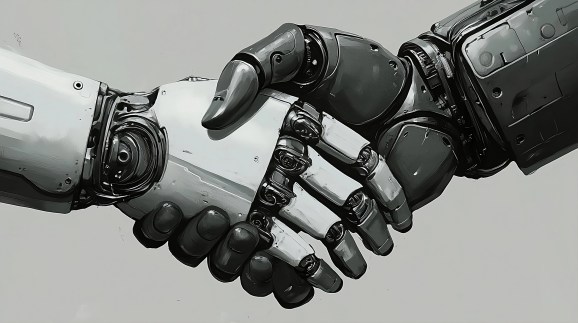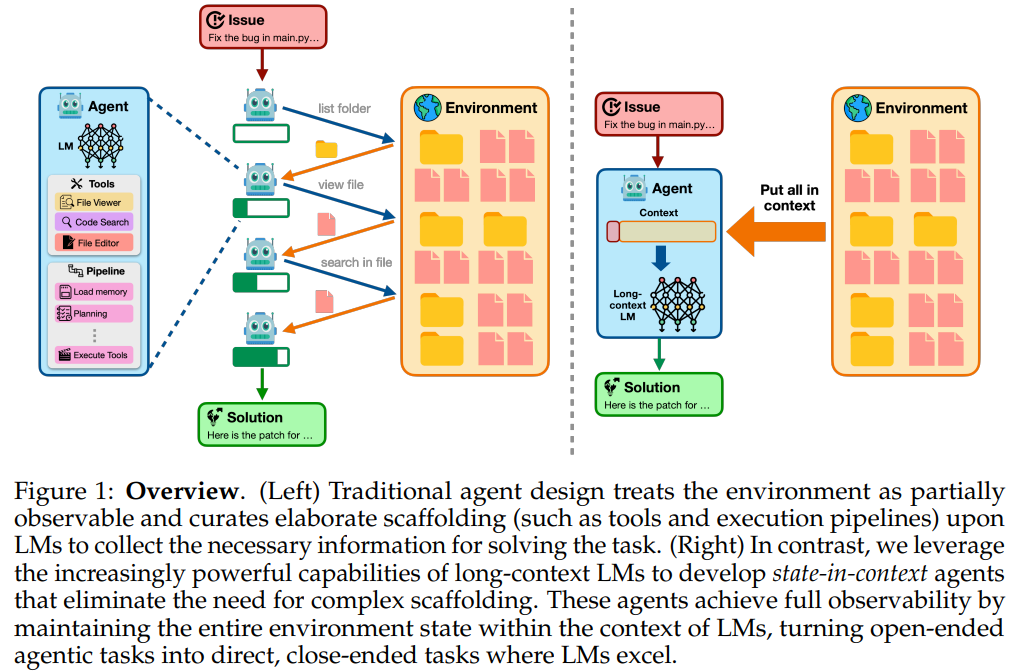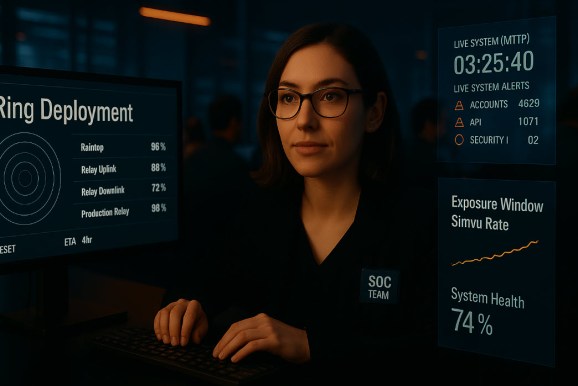Inside the story that enraged OpenAI
In 2019, Karen Hao, a senior reporter with MIT Technology Review, pitched me on writing a story about a then little-known company, OpenAI. It was her biggest assignment to date. Hao’s feat of reporting took a series of twists and turns over the coming months, eventually revealing how OpenAI’s ambition had taken it far afield from its original mission. The finished story was a prescient look at a company at a tipping point—or already past it. And OpenAI was not happy with the result. Hao’s new book, Empire of AI: Dreams and Nightmares in Sam Altman’s OpenAI, is an in-depth exploration of the company that kick-started the AI arms race, and what that race means for all of us. This excerpt is the origin story of that reporting. — Niall Firth, executive editor, MIT Technology Review I arrived at OpenAI’s offices on August 7, 2019. Greg Brockman, then thirty‑one, OpenAI’s chief technology officer and soon‑to‑be company president, came down the staircase to greet me. He shook my hand with a tentative smile. “We’ve never given someone so much access before,” he said. At the time, few people beyond the insular world of AI research knew about OpenAI. But as a reporter at MIT Technology Review covering the ever‑expanding boundaries of artificial intelligence, I had been following its movements closely. Until that year, OpenAI had been something of a stepchild in AI research. It had an outlandish premise that AGI could be attained within a decade, when most non‑OpenAI experts doubted it could be attained at all. To much of the field, it had an obscene amount of funding despite little direction and spent too much of the money on marketing what other researchers frequently snubbed as unoriginal research. It was, for some, also an object of envy. As a nonprofit, it had said that it had no intention to chase commercialization. It was a rare intellectual playground without strings attached, a haven for fringe ideas. But in the six months leading up to my visit, the rapid slew of changes at OpenAI signaled a major shift in its trajectory. First was its confusing decision to withhold GPT‑2 and brag about it. Then its announcement that Sam Altman, who had mysteriously departed his influential perch at YC, would step in as OpenAI’s CEO with the creation of its new “capped‑profit” structure. I had already made my arrangements to visit the office when it subsequently revealed its deal with Microsoft, which gave the tech giant priority for commercializing OpenAI’s technologies and locked it into exclusively using Azure, Microsoft’s cloud‑computing platform. Each new announcement garnered fresh controversy, intense speculation, and growing attention, beginning to reach beyond the confines of the tech industry. As my colleagues and I covered the company’s progression, it was hard to grasp the full weight of what was happening. What was clear was that OpenAI was beginning to exert meaningful sway over AI research and the way policymakers were learning to understand the technology. The lab’s decision to revamp itself into a partially for‑profit business would have ripple effects across its spheres of influence in industry and government. So late one night, with the urging of my editor, I dashed off an email to Jack Clark, OpenAI’s policy director, whom I had spoken with before: I would be in town for two weeks, and it felt like the right moment in OpenAI’s history. Could I interest them in a profile? Clark passed me on to the communications head, who came back with an answer. OpenAI was indeed ready to reintroduce itself to the public. I would have three days to interview leadership and embed inside the company. Brockman and I settled into a glass meeting room with the company’s chief scientist, Ilya Sutskever. Sitting side by side at a long conference table, they each played their part. Brockman, the coder and doer, leaned forward, a little on edge, ready to make a good impression; Sutskever, the researcher and philosopher, settled back into his chair, relaxed and aloof. I opened my laptop and scrolled through my questions. OpenAI’s mission is to ensure beneficial AGI, I began. Why spend billions of dollars on this problem and not something else? Brockman nodded vigorously. He was used to defending OpenAI’s position. “The reason that we care so much about AGI and that we think it’s important to build is because we think it can help solve complex problems that are just out of reach of humans,” he said. He offered two examples that had become dogma among AGI believers. Climate change. “It’s a super‑complex problem. How are you even supposed to solve it?” And medicine. “Look at how important health care is in the US as a political issue these days. How do we actually get better treatment for people at lower cost?” On the latter, he began to recount the story of a friend who had a rare disorder and had recently gone through the exhausting rigmarole of bouncing between different specialists to figure out his problem. AGI would bring together all of these specialties. People like his friend would no longer spend so much energy and frustration on getting an answer. Why did we need AGI to do that instead of AI? I asked. This was an important distinction. The term AGI, once relegated to an unpopular section of the technology dictionary, had only recently begun to gain more mainstream usage—in large part because of OpenAI. And as OpenAI defined it, AGI referred to a theoretical pinnacle of AI research: a piece of software that had just as much sophistication, agility, and creativity as the human mind to match or exceed its performance on most (economically valuable) tasks. The operative word was theoretical. Since the beginning of earnest research into AI several decades earlier, debates had raged about whether silicon chips encoding everything in their binary ones and zeros could ever simulate brains and the other biological processes that give rise to what we consider intelligence. There had yet to
Inside the story that enraged OpenAI Beitrag lesen »


